SummaryAirport Rating •••• Reception of locals ***** Cost: ££££
From rags to richesFor a city that has been settled for over a millennia and is the capital of a modern European country, it's fascinating to learn how little is known about the history of Dublin. In fact, it was only in 1988 that the Government of Ireland 'decided' that Dublin was founded in 988 when it decided to celebrate its millennium year as a city. Dublin was founded by Gaelic / Celtic people, but more is known about the city following the imposition of Viking rule, when the Nordic invaders made the city a key part of their slave trade, taking away the inhabitants of the British Isles as slaves through Dublin. The city then fell under English sovereignty with the invasion of the Anglo-Normans and for the next several centuries was the key city in the Pale, a thin strip of land on Ireland's eastern coast that fell under English rule. English (and then British) rule was extended throughout more of Ireland in the second half of the last millennium. At one point during the 19th century, Dublin was the second largest city in the entire British Empire, and the fifth largest city in Europe, as riches from the Empire flowed into its ports. Dublin was also the centre of Irish resistance to the British Empire, including the 1916 failed Easter Rising, the more successful Irish War of Independence and then the bloody civil war that followed. Dublin largely escaped large-scale conflict during 'The Troubles' but struggled economically for most of the 20th century as Ireland struggled to find its place in the world as an independent entity. Ireland's (and Dublin's) fortunes changed in the 1990s where it helped lead Ireland into becoming one of Europe's fastest growing economies, transforming the city into a modern metropolis. In the first decade of the 21st century, Dublin was one of the richest cities in the world by personal income and purchasing power. Not bad for a city that is still trying to figure out its origin story. Finding my way to the cityToday, Dublin is mid-sized city, similar in size to Birmingham and Manchester in England, while serving as the capital of a successful, modern and progressive country. The airport isn't the biggest, and although it's slightly outside the city, there are plenty of buses that can get you into the city centre for just a couple of euros. You just need to find the right bus, and that was a little challenging given that many different companies take you there at different price points and you could easily end up waiting for the wrong one. There weren't any issues as a Sikh either landing or flying from Dublin airport, and the staff seemed pretty friendly too. Transport is reasonably priced, and close in cost to English cities outside of London. Buses, trains and light rails operate throughout the city and I made use of all of these to get around all at a decent price. The look and feel of the city is also, unsurprisingly, similar to that of many English cities, from the way the roads are laid out, to how the buildings look. It all feels very familiar, but there are important differences. The use of the Gaelic language on road signs and street signs are a frequent reminder that you are in a city with a rich history that, while similar in size to Birmingham and Manchester, has a longer history, plays a more important role in its country's economy, and importantly, is Irish. A step back in timeThe history and prestige of this fiercely independent city is perhaps best seen in the University of Dublin, the oldest university in Ireland, dating back to the 16th century. Its Trinity College campus is located very close to the city centre and is well worth a visit. Many of the buildings date back several hundred years, and it's a nice relaxing place to spend a few hours. During my visit I caught part of a cricket match, while tourists and students were walking around the campus admiring the green open spaces and beautiful architecture. The jewel of Trinity College is its library, the oldest part of which dates to the early 18th century. The library is home to over 5 million books, and as a legal depositary it is entitled to a copy of every book printed in the Republic of Ireland as well as the UK, and so receives around 100,000 new materials each year. The most beautiful part of the library is the Long Room. which is a 65m long room (hence the name) dating back to 1732. The room looks nothing short of magical, with high ceilings, golden and wooden shelving along the walls, and marble busts lining the perimeter of the room. It is absolutely stunning and one of the best libraries I have ever been to - I recall one in Barcelona that I really enjoyed, and another in Birmingham. The library also hosts the Book of Kells, a 9th century Latin manuscript of the New Testament of the Bible. It is opened and lit up near the entrance to the Long Room and its pretty special. When you're there staring at something that was written over a thousand years ago, perfectly preserved, the history and importance of that object really hits you, and I spent a fair few minutes admiring the intricate calligraphy that went into this book. It really makes me wish that we took care of our history in Panjab much better. Here's the catch. If you're a student, it's free to visit, but for the rest of us it's pretty expensive. To see the Book of Kells and enter the Long Room it costs €18 and you need to book tickets in advance. It's expensive and it can get quite busy. I enjoyed it, but I'm also in my thirties now - when I first started writing this blog in my twenties, I might not have enjoyed it so much. Fun with the IrishThe historical core of Dublin is a short walk from Trinity College and is a nice place to walk, full of photo taking tourists during the day, and filled with revellers in the evening and into the night. The area around O'Connell Street has some beautiful architecture including Georgian townhouses, and the modern super tall Spire of Dublin, while several bridges criss-cross the River Liffey which runs through the city centre. The Ha'penny Bridge is a particularly old one - one of the earliest cast iron bridges built in the English Midlands during the Industrial Revolution. Its also got a couple of old cathedrals (although you need to pay to get in) - Christ Church Cathedral and St. Patrick's Cathedral - the latter of which is particularly impressive from the outside (I had got a little cathedral fatigue after my time in Italy, and wanting to save some money, I didn't go inside). The area is also famous for its many bars. Now I've always said I will never advertise bars or pubs in this blog given how damaging alcohol is for the Panjabi community, but I would be amiss not to mention a couple of places here, with the massive caveat that you can go in and order a soft drink and no one will care. The first is the Temple Bar area on the south bank of the river - it's also home to the Temple Bar Pub, known as the most famous bar in Dublin. The second is Darkey Kelly's, a traditional Irish pub that does amazing live music. The one thing I really enjoyed about the cultural quarter was the amount of places that were advertising live music, it turns even the most tense looking bar into a cosy room full of people enjoying themselves listening to good music. The final place is the Guinness Storehouse, the home of the Guinness Stout. Again, this isn't about drinking, you can do the whole tour and not drink a single drop of alcohol, but as one of Ireland's most famous brands, I wanted to take a tour and see for myself what all the hype is about - after all its the number 1 tourist attraction in the country. At €26 it isn't cheap, and it is a bit of a walk outside the main city centre core. The exterior feels like an old Victorian factory, while the inside is super modern and incredibly large. The place gets very busy, so you can find yourself making your way through the different rooms as you follow the path through the factory in pretty long queues. There are a few interesting exhibits and interactive pieces, as well as a stunning rooftop that provides 360 views of the city, but I couldn't help but think just how commercialised the whole thing is - a modern day capitalist Charlie and Chocolate Factory. I'm not sure what else I expected, after all - it is one big massive commercial for the Guinness brand. The Little Museum of DublinOn the other hand, the Little Museum of Dublin was the exact opposite. Very little hype about it before I arrived, and comfortably one of my favourite experiences in the city. The 30-odd minute guided tour cost only €10 but is a nice whistle stop tour through the history of the city. The guides are passionate and invested and make the whole experience fun as you go through several rooms in a Dublin townhouse, each covering a specific period of the city's history (and weirdly, one room dedicated just to U2). The museum is opposite St. Stephen's Green, a nice expanse of green space in the middle of the city. The walled park is open to the public and was the the site of conflict during the Easter Rising when Irish rebels took up positions against the British Army, with the firing stopping randomly each morning so that the local groundskeeper could feed the ducks (a fact I learned during the guided tour in the Little Museum of Dublin). This isn't the biggest park in Dublin though, that prize goes to the 1,750 acre Phoenix Park - one of the largest walled parks in Europe which lies on the outskirts of the city centre. Sikhs in DublinThe Sikh community in Ireland is relatively small, and immigration has also been quite recent, starting slowly in the 1970s, with a bit more growth following the Sikh Genocide of the 1980s and another wave of growth in the first decade of the 21st century. Dublin is served by one Gurdwara, Guru Nanak Darbar, which dates back to 1986. The Gurdwara is slightly outside the city centre in the Ballsbridge area of the city, close to the spectacular Aviva Stadium. I caught a bus to visit the Gurdwara and a short train journey back into the city - both forms of transport are within a very short walking distance. Guru Nanak Darbar is a converted theatre, and although relatively small, stands out in its brilliant white exterior set behind a black gate that separates the Gurdwara from the road. I visited on a Sunday and the Darbar Sahib had a decent amount of sangat with kirtan being conducted by young children and then adults, a lone Akali Nihang Singh was conducting a watch over Guru Ji. The Darbar Sahib is on the smaller side, and is slightly square shaped, which compared to the usual rectangular proportions of most Gurdwaras feels very different and is a big reason why it'll stick with me long after I've left. The Gurdwara runs Gurmukhi and Gurmat classes and is currently in the process of setting up kirtan classes for youngsters. Would I recommend visiting Dublin?If you're in the UK, I don't see why not - the flight from Dublin to Birmingham cost me £19 - cheaper than a train ticket to London off-peak! The city isn't the biggest, and from a strictly tourist perspective the main landmarks can be seen in a weekend, although I suspect - like most other cities - the real beauty lies away from the main tourist landmarks and you get to know those only after spending a few weeks in a place. I can't help but compare this to Belfast, the capital of Northern Ireland and not too far up the coast of the island of Ireland (you can read my experience in Belfast here). It doesn't have the overt sectarianism that Belfast suffers from and the city seems to have more of a service oriented feel, as opposed to what felt like more of a manufacturing feel in Belfast - but it's hard to really understand those differences in a weekend. As a Sikh I didn't experience any issues, but then again I stuck to the main tourist areas and perhaps didn't spend long enough to be in the types of situations where you can really understand how locals would react. From what I saw, it was a very friendly place, and although there weren't many Sikhs, I didn't feel particularly out of place, and the airport experience was very smooth. Comments are closed.
|
AuthorBritish Sikh, born in the Midlands, based in London, travelling the world seeing new cultures. Categories
All
|
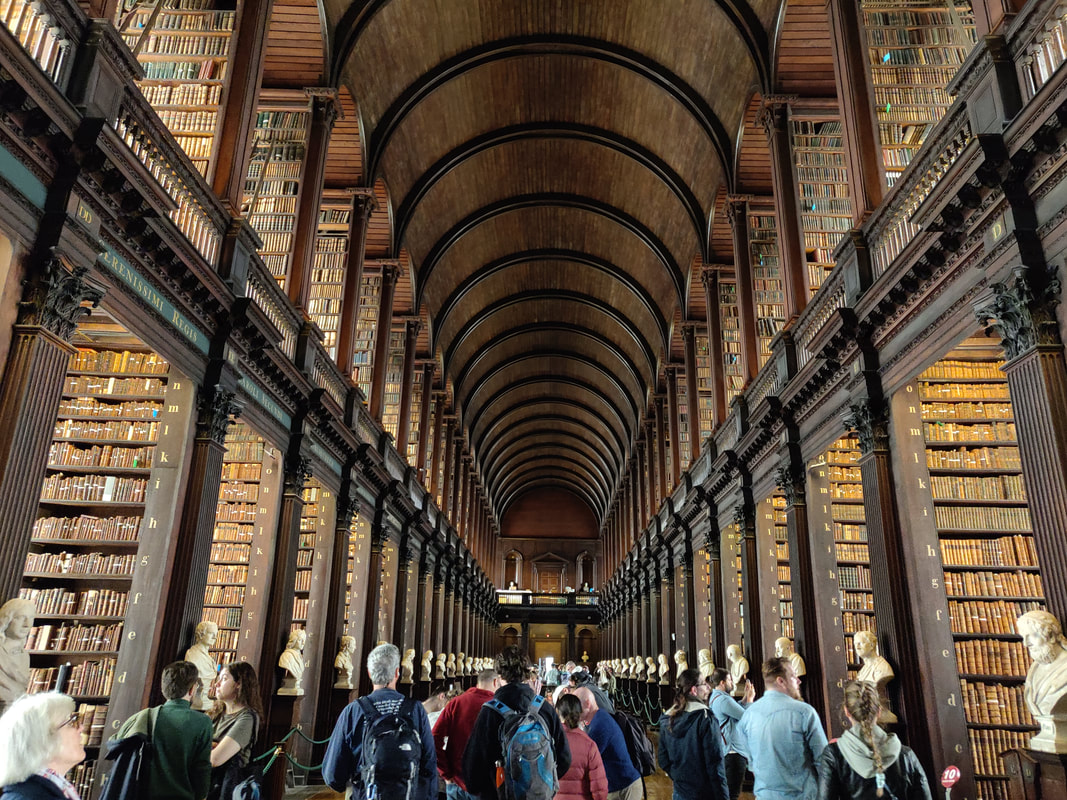
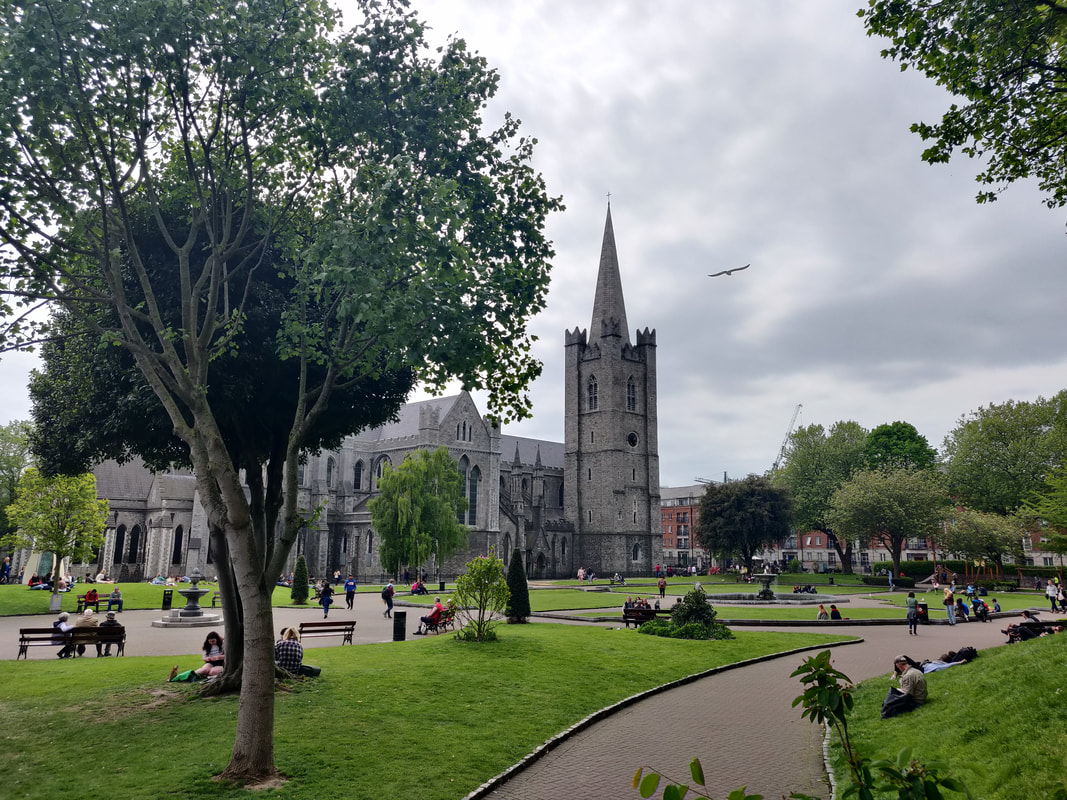
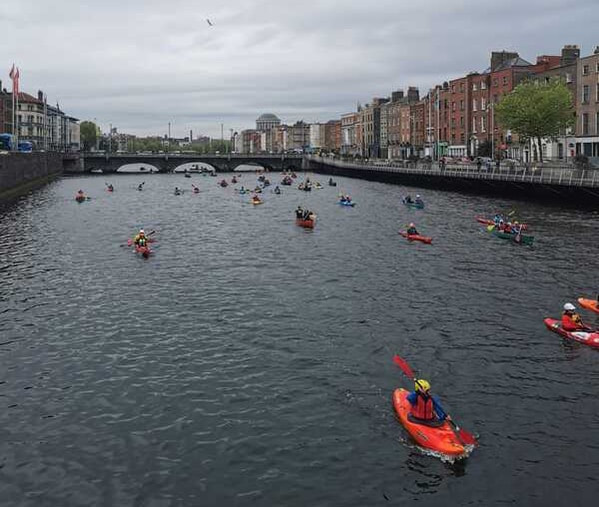
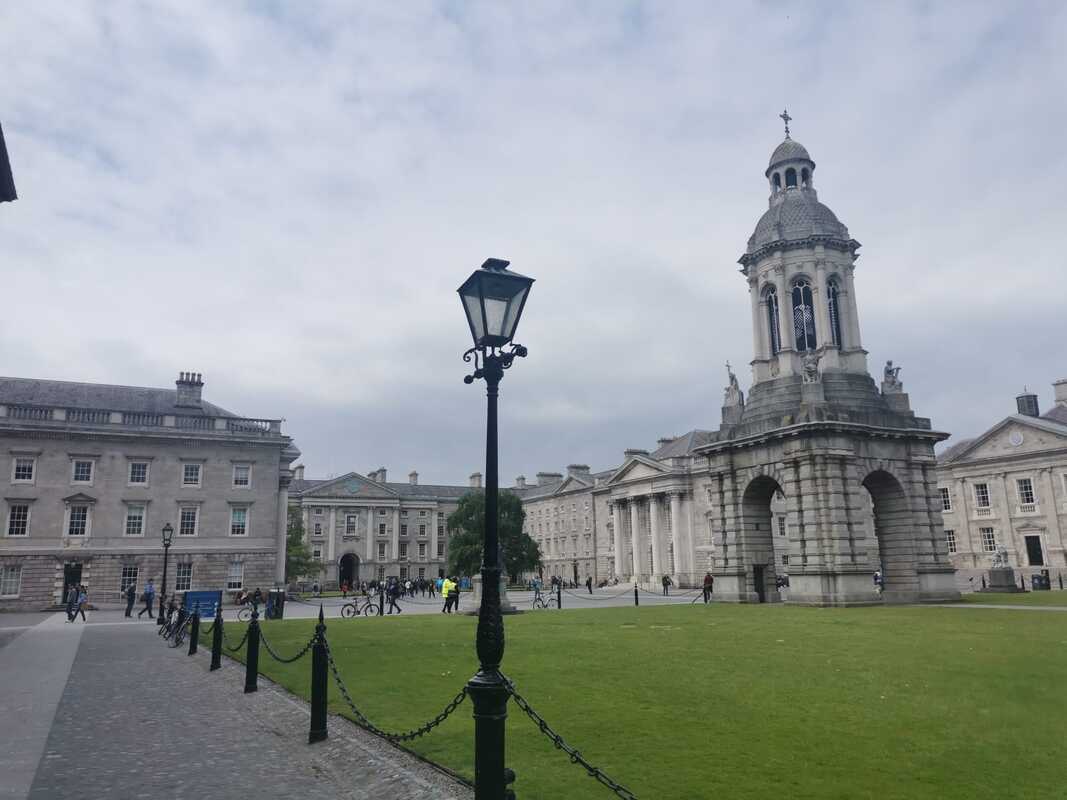
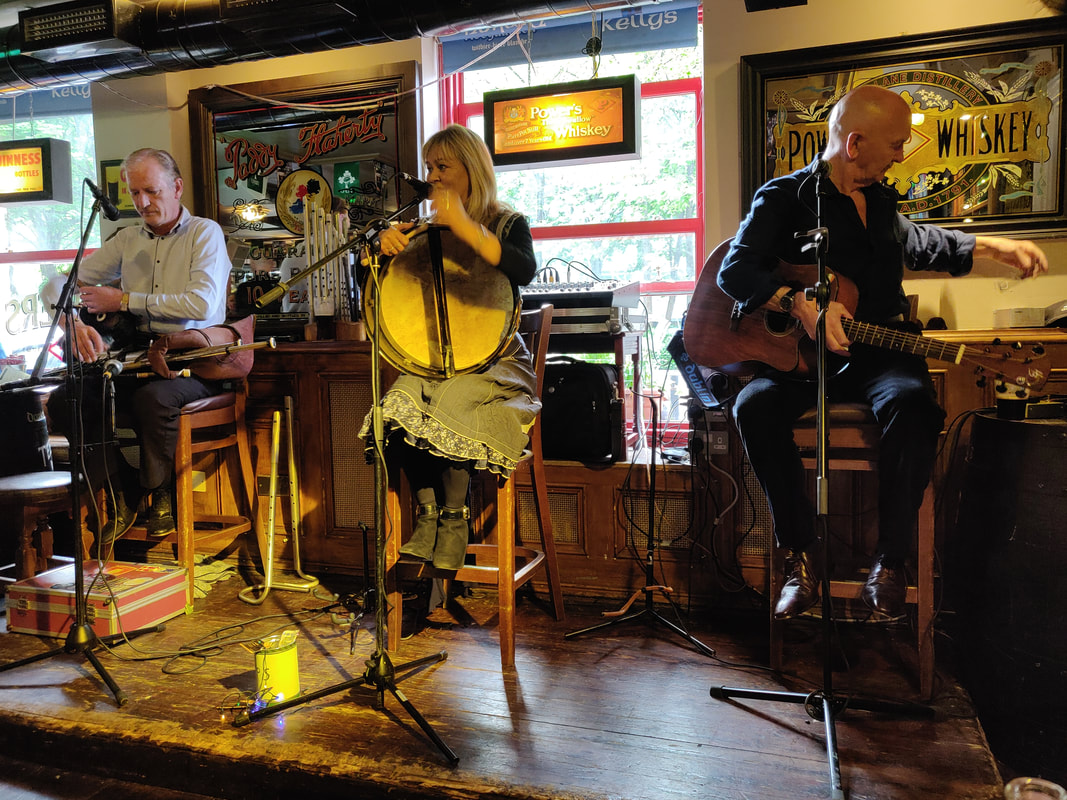
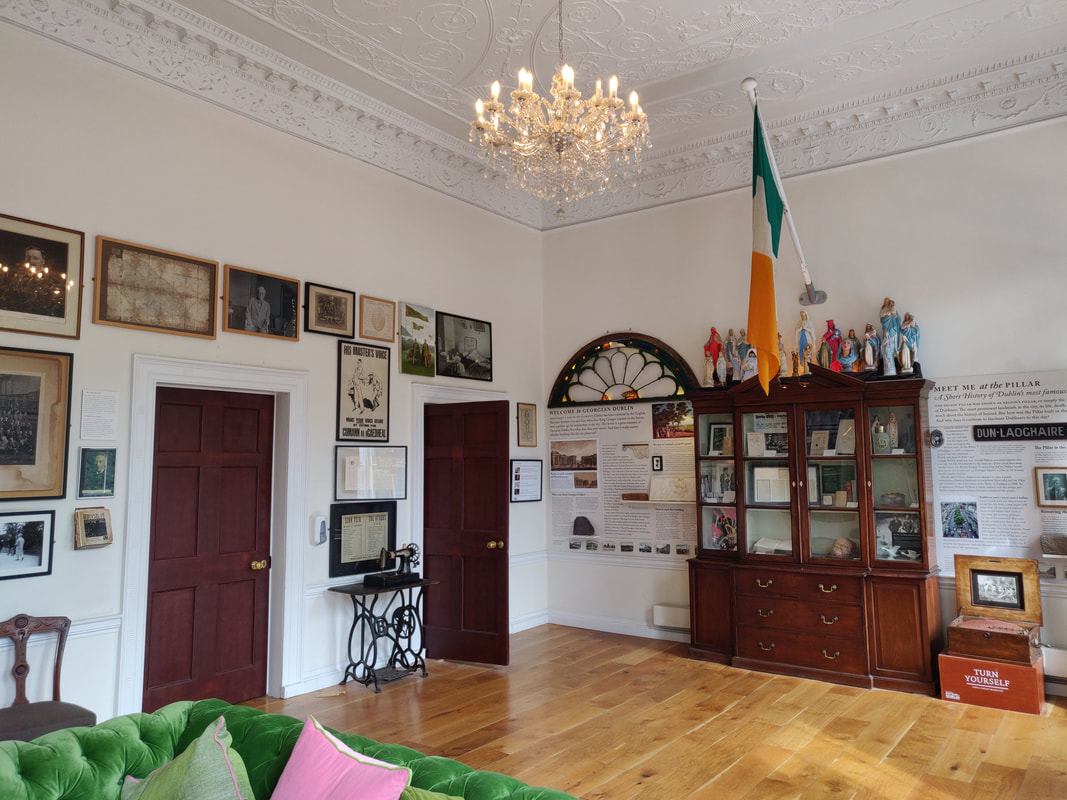
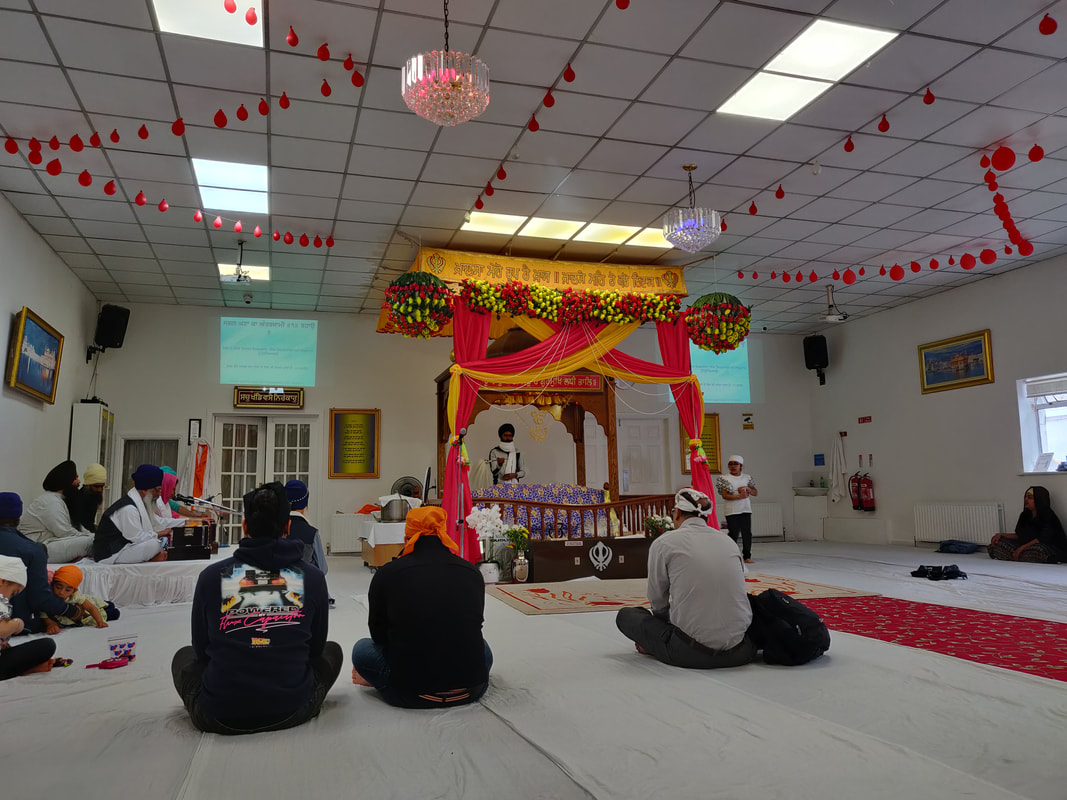
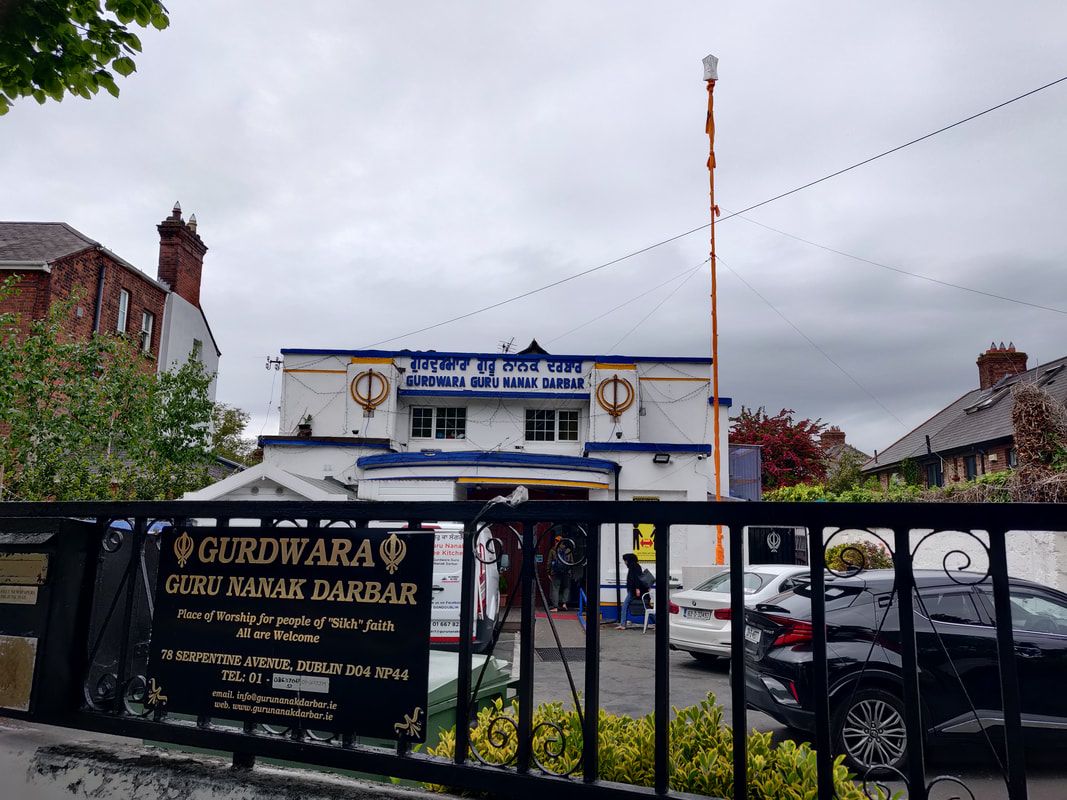
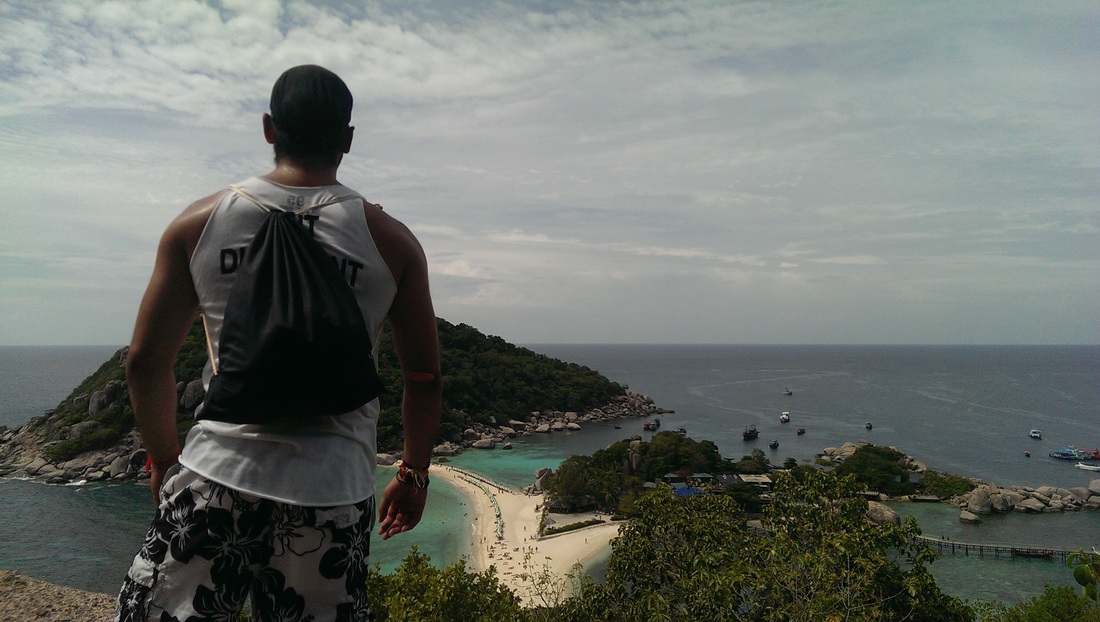
 RSS Feed
RSS Feed